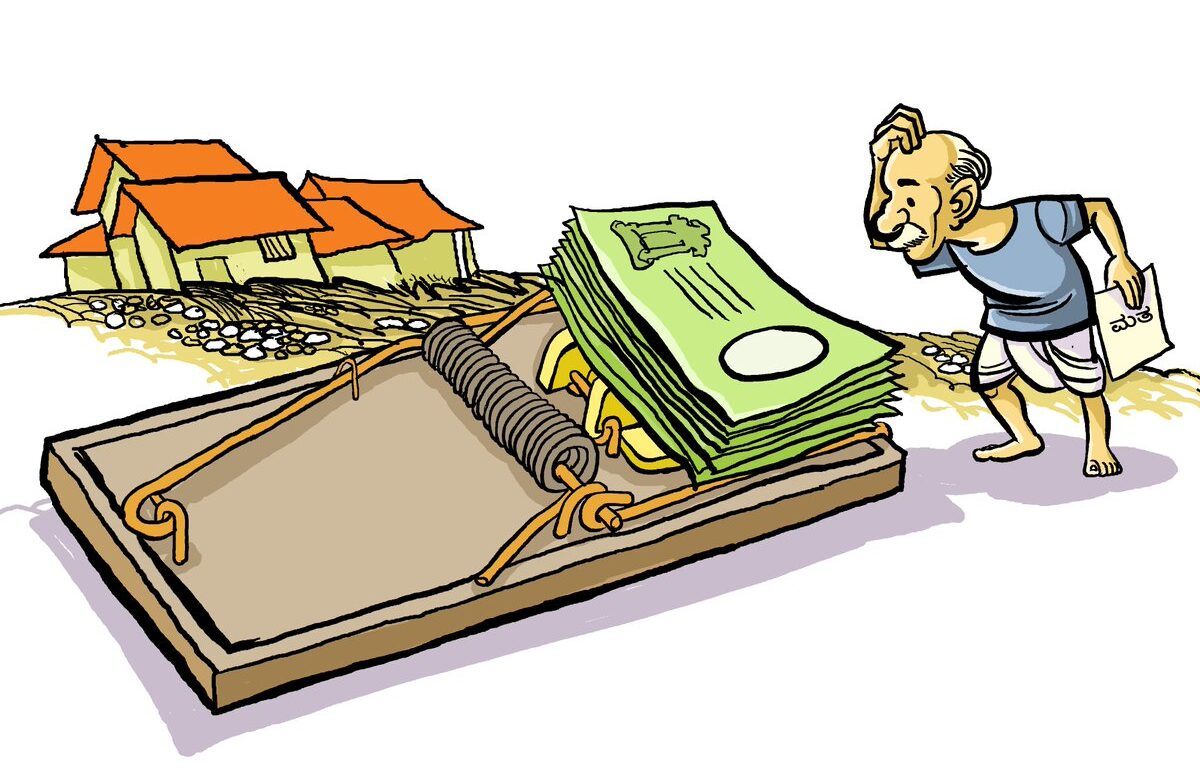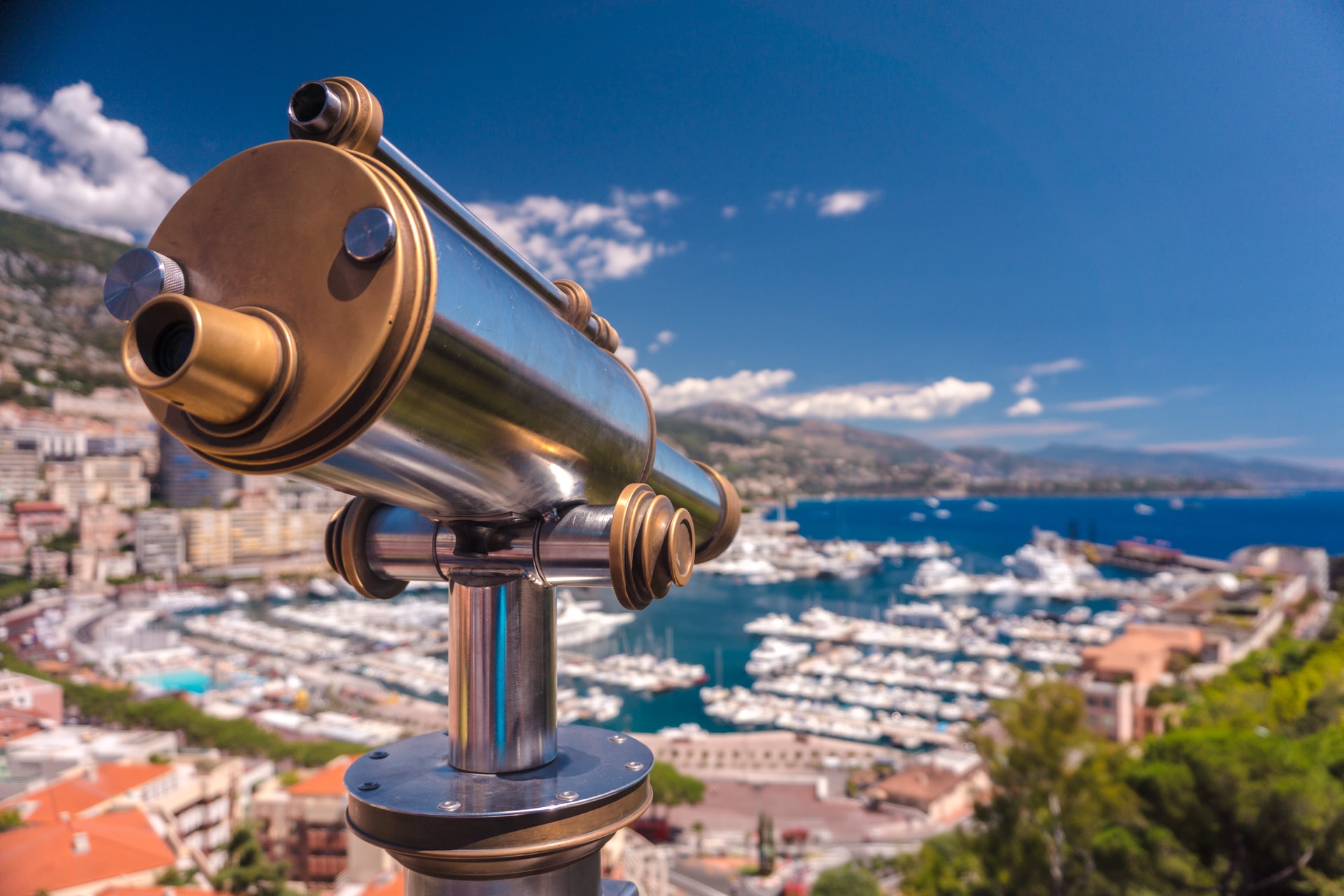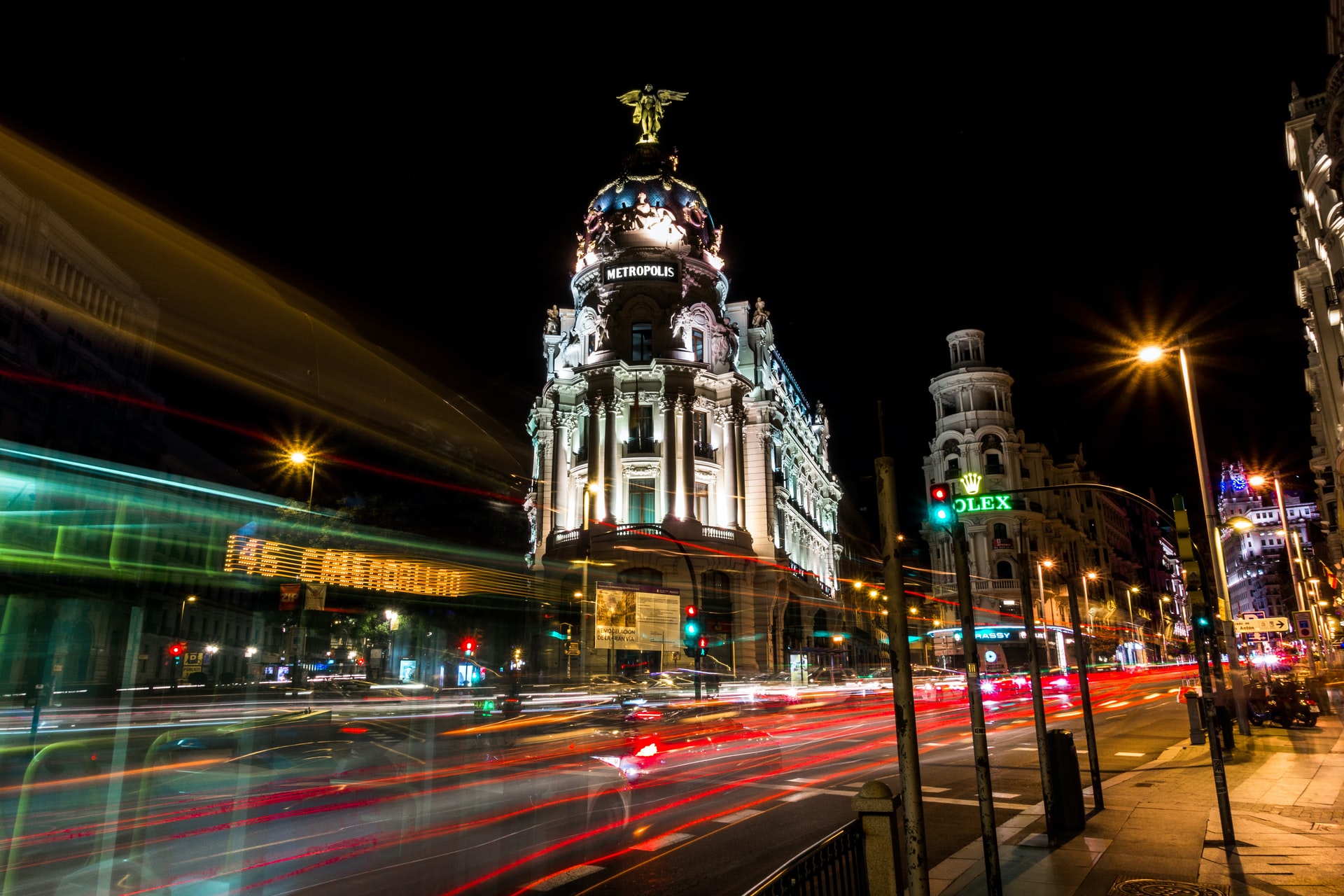Inflation is defined as a continuous rise in the general level of prices that results in a decrease in the purchasing power of a particular currency over time. The rise in prices is not inflation unless it fulfills the conditions stated in its definition: that the rise be at the general level of prices and not for a single commodity, that it be a continuous rise, and certainly that this rise lasts a certain period of time. The rise in the general level of prices is often expressed in percentage, and this means that the currency unit of the state actually buys less than it did In the previous periods before this rise, there were various types of inflation that will be explained in this article.
What are the types of inflation?
There are several theories that explain the rise in prices that leads to inflation, and among these theories is the theory of demand and withdrawal; according to this theory, the main reason for the occurrence of inflation is the general increase in demand for goods and services; when demand exceeds supply, prices will rise and inflation will occur; the second theory is the cost-push theory and explains this. The reason for the occurrence of inflation is due to the companies having to raise the prices of goods and services due to the increase in the costs of production of these goods and services, and finally, the monetary inflation theory, which explains the occurrence of inflation due to the excessive increase in the money supply, which leads to a decrease in the purchasing power of the currency, and there are many approved classifications. In the classification of inflation, the most famous of them is the classification of inflation according to the speed of price rise. The following is a detailed description of this classification:
Creeping Inflation
Creeping inflation is called moderate inflation, and this inflation occurs when prices rise by 3% annually or less, and according to the Federal Reserve, when the prices of goods and services rise by 2% or less, this rise is beneficial for economic growth, and this type of inflation Moderate inflation makes individuals expect continuity of price increases, and this expectation enhances demand, so individuals buy goods and services at the present time to overcome high future prices for them, and this purchase will lead to inflation in these percentages and economic expansion, and most governments set 2% for inflation as a target inflation rate.
Walking Inflation
It is called “strong inflation” or “destructive inflation,” which ranges between 3-10% per year, and it is harmful to the economy because it leads to high economic growth very quickly and at a high rate, as individuals start buying more than they need in order to avoid higher prices for goods and services at a later time. which will lead to an increase in demand so dramatically that producers cannot keep up with this demand, that is, the demand will exceed the supply, and then many services and goods will become out of reach of individuals.
Galloping Inflation
When inflation rises to 10% or more, there will be chaos in the economy, and the purchasing power of the currency will decrease in a way that will not enable employees to keep pace with the rise in prices and costs, which will lead to avoiding investment in this country and depriving it of investment capital, as well as making the features of the economy described as unstable.

Hyperinflation
And it is the most dangerous and detrimental type of inflation, in which prices begin to rise at rates exceeding 50% per month, which is a rare case of inflation that used to happen previously in times of war and revolution, and the reason for this is that the government prints money in very large quantities to cover and finance the costs of these wars. Among the most famous examples of this hyperinflation are the prices that rose in Venezuela in the 2000s.
Other types of inflation
There are other types of inflation, which are explained as follows:
Demand-pull Inflation
This inflation occurs when the demand for goods or services exceeds the productive capacity of the institutions, and this increase leads to an increase in prices.
Cost-push Inflation
When the cost of production increases due to the increase in the prices of inputs such as raw materials, labor, electricity, water, fuel, etc., this increase is charged to the consumer by raising the price of the product.
Built-in Inflation
This occurs because there are expectations of higher prices in the future, so demand increases at the present time, and prices increase as a result of the increase in demand, which leads to internal inflation.
Stagflation
This type of stagflation occurs when economic growth is stagnant but there is still price inflation, and more clearly, this inflation occurs when there is no increase in demand but a continuous increase in the prices of goods and services at the same time.
Core Inflation
The core inflation rate measures the rise in the prices of all types of goods and services, with the exception of food and energy, because they have advantages that distinguish them from other commodities due to their necessity and urgent need for them and the natural seasonal increase for them such as during summer or winter times.
Wage Inflation
When workers’ wages rise competitively and faster than the cost of living, this type of wage inflation occurs, and there are three cases of its occurrence. Government and officials setting minimum wages for workers higher than ever before, such as when labor unions negotiated higher salaries for auto workers in the 1990s, and third, when workers effectively control their pay, such as when CEOs effectively control their pay by sitting in In many corporations, all of these situations lead to wage inflation.
Asset Inflation
Asset bubble or asset inflation occurs when the continuous increase in the prices of one class of assets, and the increase in one class is often ignored and this increase is carried as a natural increase that will not harm the economy as a whole and is not considered as a case of inflation because the increase was not in all types of goods and services, But the mortgage crisis was high risk and so did the subsequent global financial crisis which showed how harmful uncontrolled asset inflation can be. There are four types of asset inflation:
- Asset Inflation — Gas
- Asset Inflation — Oil
- Asset Inflation — Food
- Asset Inflation – Gold
Read also: Have you ever faced a budget deficit?



